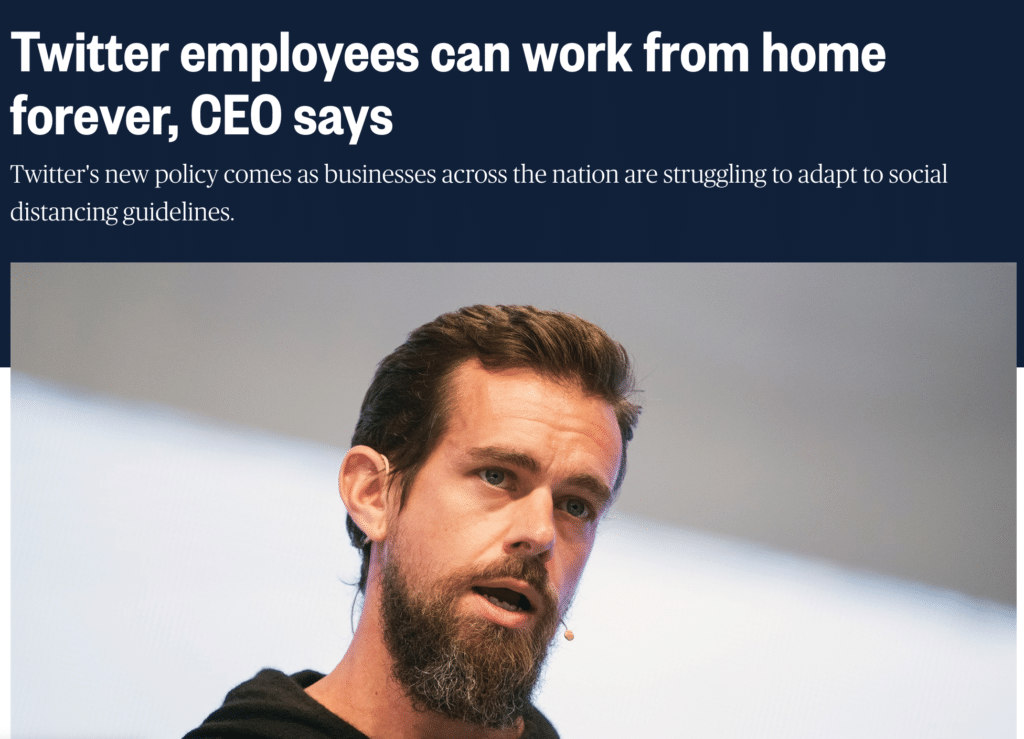

May 19, 2020
Culture of Chaos

What COVID has done is increase the speed of a timeline that was already happening.
That timeline is decreasing the amount of time that is the NOW. The NOW is getting smaller and smaller, shorter and shorter in duration.
For example, in the early days of America, news cycles went in weeks if not months. We’re now seeing news cycles that last less than a day. Our expectations have changed. We want everything now and on-demand (remember when you actually had to wait till something was on TV live to watch it?). So the space between the past and the future is getting smaller and smaller.
This concept is well developed in my friend Jim Selman’s book, Living in a Real Time world. He outlines the core mindsets and behaviors to live in this new time. My thoughts are inspired by his work (though there is no crossover).
The new reality:
-We all have a new channel (virtual communications)
-We all have a new audience (an at-home audience)
-We all have a new timeline (if it’s not relevant now, it’s just not relevant).
New mindsets include:
-Lack of patience (ironically with more time, comes greater chance of changing channels)
-Online fatigue (zoom calls get exhausting)
-General sense of unease (even for the best of us)
Here are my tips on how to be and stay relevant.
Ever read a book and thought, “That really could have been just an article.” Take that further out. No one wants to hear all the intros and bios, and backstories. Get straight to the point. Get to the value. If you have a podcast, start with a cold open, like Breaking Bad. Give us the juice from the middle that makes us hungry to know the whole thing. Running a call or a webinar – what value can you give me immediately so I am confident to invest more of my time?
Everyone loves funny. It works in all markets. And we inherently trust those who are able to laugh at themselves and others (in a grounded way. Not in a psycho, Tiger King Carole kind of way). And notice I didn’t write, “Try to be funny.” I mean actually be funny. I know, that’s ridiculous to say because even the best stand-up comedians don’t know what’s funny until they test it with an audience. That’s why they don’t focus on funny. The focus on truth. They focus on their own unique points of view. They focus on being true to their voice. AND… they don’t take themselves or others so freakin seriously. Relax. I’ve spent 10 years in improv comedy, and the funny always comes from being authentic, open and listening deeply. Funny is a side effect.
You can get away with slow talking speeds in face to face to world. Online – you’re getting boring by the second. Facebook is just one click away from whatever you want them to focus on. Talk a little faster, but play with speed, tone and volume so you don’t hypnotize the audience (and yourself) by staying at the same levels. Take that long story you love to tell and compress it down to the key points. Learn to talk in sound bites. You can always go longer if you’re in the flow, but going longer isn’t a skill. Anyone can do long. It takes mastery to get down to the simple elegance. It took a lifetime of long equations for Einstein to get to E=mc2.
Dan Mezick said, “Everyone loves a coherent explanation, even when that coherent narrative is… a fabrication.” Think about it from a nervous system perspective. We respond well to leaders who are calm, collected, grounded, and tell us a story we can understand. Now contrast that with someone losing their shit, spouting a bunch of facts that people can’t follow. Even if this person tells the truth, they won’t be believed. I can’t believe how many articles I’ve seen on COVID that I can’t even follow because the narrative gets so distorted in all the point/counterpoints. I tune out.
If you didn’t catch the reference, it’s a play off Bill Clinton’s campaign mantra, “It’s the economy, stupid.” He made the point that even though all the debate and rhetoric was on politics, it’s really the economy that’s important to people’s everyday life and livelihood.
The equivalent today is that it’s not about the video. It’s the audio! We can tolerate bad video, but when audio is not pristine, we lose touch with it. We trance out. It doesn’t FEEL Real. You want it to feel as real as possible. So if you do anything online (I mean even date online – this will help for that too). GET A GOOD MIC. You can get amazing microphones for less than $100.
Those are my tips. What are yours?
May 13, 2020
Culture of Chaos ,Great cultures
Twitter just announced they may never go back to the office:

Wow. “Forever.”
Okay, let’s just forget for second what this means for the commercial real estate market.
What does this mean for culture?
I just gave a talk for Intel on how we can lead virtually and here are a few points to consider:
You can’t get away with long, boring meetings anymore. You will lose everyone. You have to learn to get to the point quicker, get everyone on the same page, and keep people engaged.
You really think your people were productive for 8 hours a day? Try three. The good news, is we can do more in less time than we thought. But it’s going to take massive focus skills, which are dwindling away as everyone spends more and more time online with infinite distractions. You no longer have the luxury of 10 different priorities. Focus your people.
I used to spend a week at a company to determine the health of its culture. Now I just ask one question – “Do you start and end meetings on time?” Cultures that value everyone’s time equally value integrity and the culture as a whole over any one individual. Cultures where leaders are late signal that some people can break rules while others can’t. And leaders convey that they’re actually out of control when they can’t even control their own calendars. Be the example, be EARLY to everything, and notice how your respect levels go up and your stress levels go down.
December 27, 2019
Uncategorized

This hack comes from the brilliant business coach, Cindy Ertman. It’s the answer to the question, “How do you get the real story from a reference when you’re hiring?”
It’s a dilemma for the reference, because they want to be helpful, but they don’t want to share the person’s weaknesses for fear of keeping the candidate from getting the job. So how do you hack that?
Culture hacks are in language…
Boom. They’re about to tell you the candidate’s weakness.
This is a true test to see if they’re a quality hire. If there’s any hesitation to say yes, you know what the answer is.
Part of the culture hacking process is to find the vulnerabilities within a system and the new hire process is very vulnerable because you could get someone who makes your life easy, or tanks the company from gross negligence. These culture hacks will make sure you see early warning signs.
December 11, 2019
Culture of Chaos ,Great cultures

Zappos sometimes feels more like a college than a company, given the friendships, the activities, and the learning. Even though I’m no longer there, I consider Zappos my alma mater of the corporate world. And part of the fun was always being part of something so relevant.
While Zappos hasn’t been the the media lately, I believe they’re about to rock the corporate culture world, again.
The Market-Based Dynamics system isn’t very public, but it’s out there.
Here’s a brief explanation:
In other words, there’s a whole Monopoly game going on inside.
Each department has a budget, and they spend it on services within the company. It’s a dynamic system where each department is serving each other in a highly accountable way, that also helps people think about how to be more efficient. So efficient that departments may go to outside service companies if there’s a better deal. There’s an entire software platform to run it.
Any department can sell its services outside the company as well. For example, the AV team (audio/video) has been contracted by Nike to shoot a commercial for them.
What’s game changing about this is that departments are incentivized to “Do More with Less” (core value #8), because if they get above their operating costs, then they can choose how to use the profits. For example, the AV team can use the profit to get new equipment, or to hire a new editor.
It’s a game. And it can be won.
Zappos has always been great about creating games, rather than “motivating” people. For example, no one gives speeches on being accountable. Why? Because in training, to win the game (get into the company), you have to show up every day at 7am for four weeks or you’re cut. People who win that game are defacto trained in being accountable.
All that said, the company has definitely not figured everything out when it comes to market based dynamics and turning cost centers to profit centers. There are a lot of open questions.
What if market based dynamics creates tense competition?
What if the internal money system does not accurately reflect the value being provided?
What if something goes wrong with those outside services that end up hurting the brand?
Disruption is risky, and courageous.
But if anyone has a history of coming out alive and creating shockwaves in the business world, it’s Zappos.